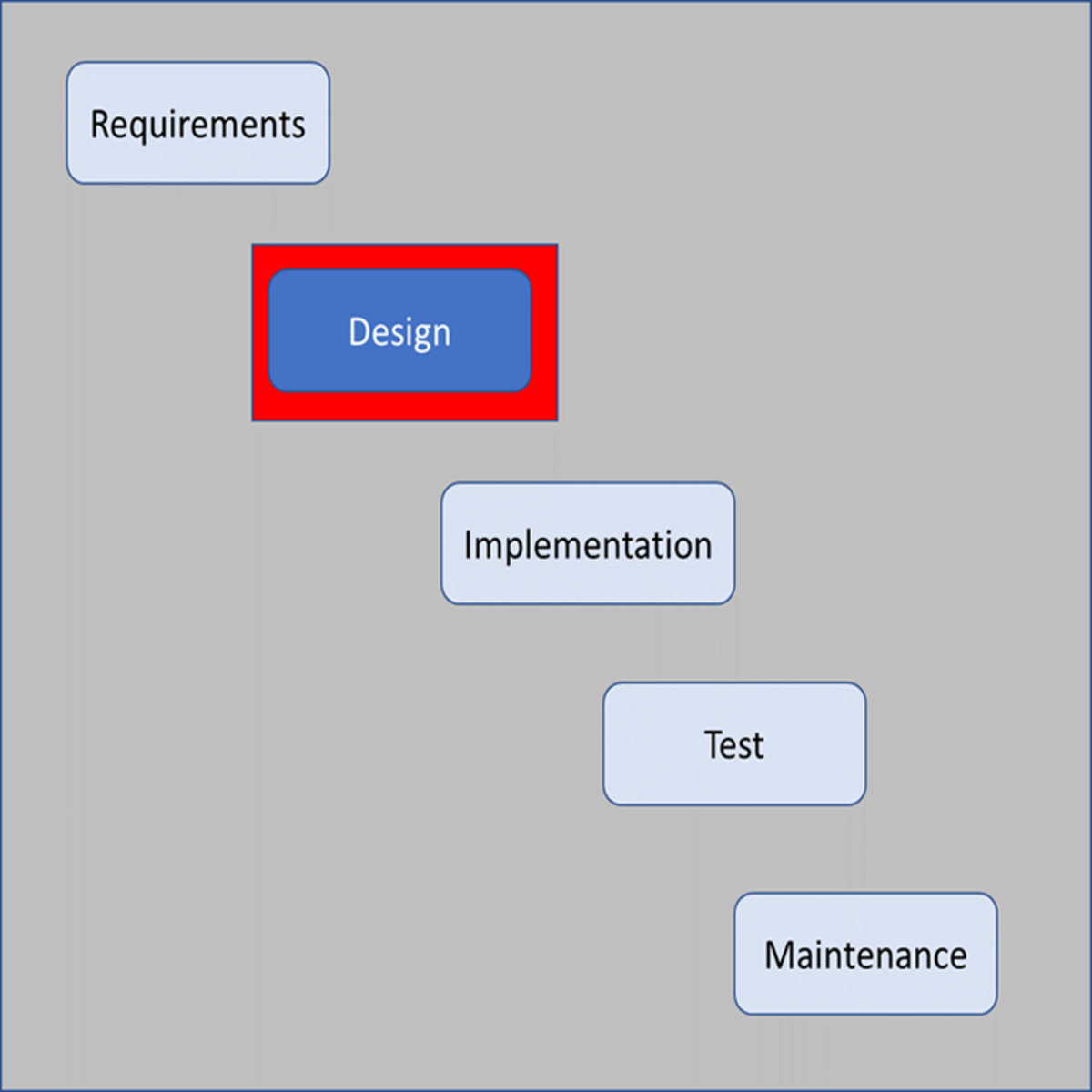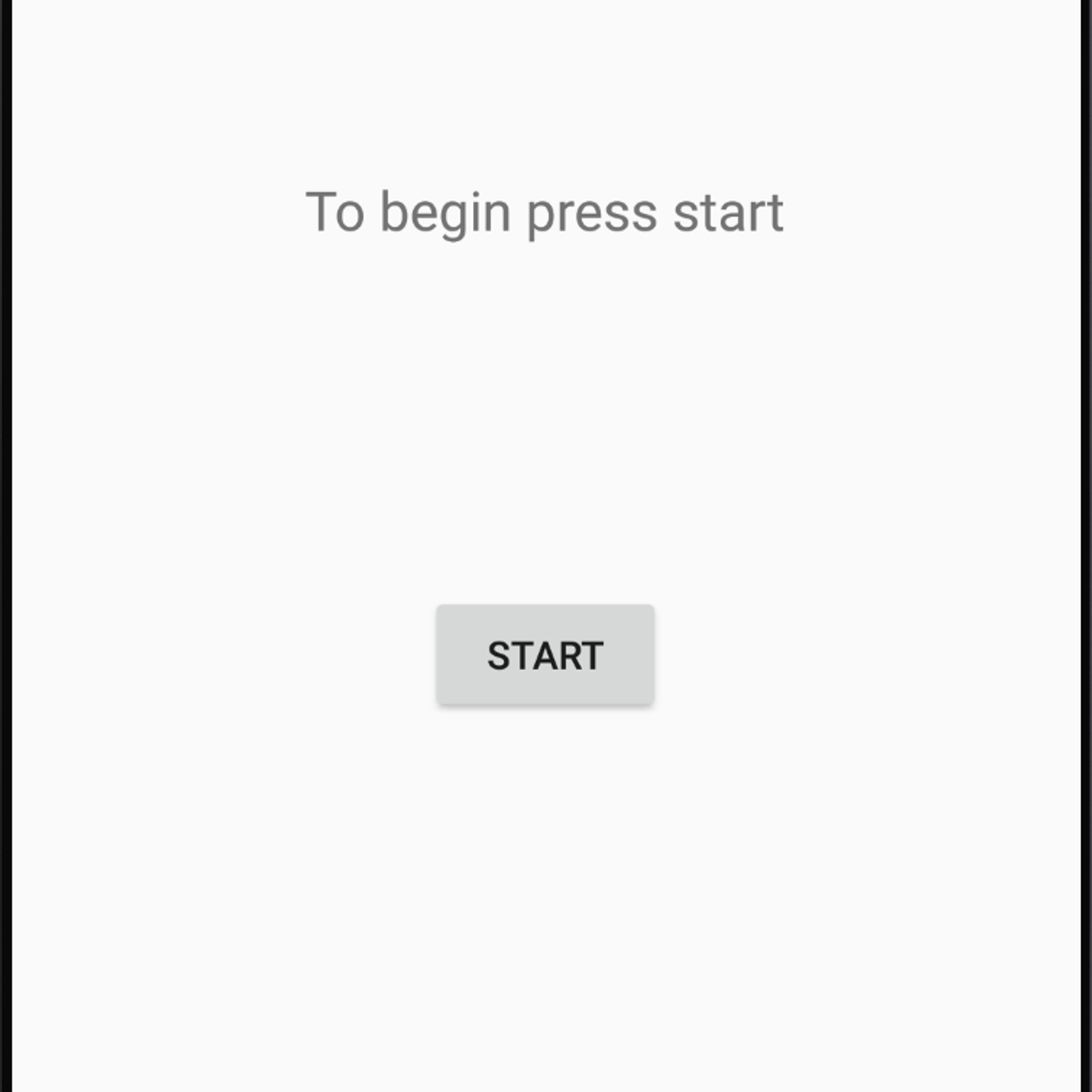Back to Courses









Computer Science Courses - Page 53
Showing results 521-530 of 2309

Data Encryption using AWS KMS From UST
Welcome to this Guided Project on Data Encryption using AWS KMS, From UST.
For more than 20 years, UST has worked side by side with the world’s best companies to make a real impact through transformation. Powered by technology, inspired by people and led by their purpose, they partner with clients from design to operation.
With this Guided Project from UST, you can quickly build in-demand job skills and expand your career opportunities in the Securities field by learning how to use AWS KMS for Cryptographic Operations.
Join me as we explore different approaches to the Encryption / Decryption Process and learn how to create Symmetric and Asymmetric Customer Keys. Combining detailed explanations with practical experience, by the end of this project, you will be able to Encrypt/ Decrypt your sensitive data using the regional service, AWS KMS (Key Management Service).
If you dream about working in high profile industry jobs as a Data Security specialist, this project is a great place to start. This is a beginner level project, and does not require any previous experience.
Enroll now to get started!

Manage Docker on Linux Servers
Managing Docker on Linux servers is a valuable skill to have if you want to be a Docker administrator, a Docker developer, or want to learn more about Docker in a Linux environment. At the end of this project, you will know how to install Docker on Linux, add a user to the "docker" group, and manage Docker objects on the server. The focus is on Docker Engine instead of Docker Desktop, so you will learn how to use the Command Line Interface! Because of the nature of the virtual environment in this project, you should plan on completing the project during one session.

Spring - Ecosystem and Core
In this course students will learn the why the Spring Framework is one of the dominant Java development Frameworks. the course covers a variety of techniques for Java Object Dependency Injection using various forms of configuration data i.e. XML, Annotations and Java Configuration Classes with Factory Methods. Configurations will be enhanced with Expression Languages and Conditional Beans that are available based off certain conditions like development environment i.e. test and production. Students will build an extensive application iteratively in a succession of hands on labs.

Check Point Jump Start: Harmony Endpoint Security
Harmony Endpoint is a complete solution that protects the remote workforce from today’s complex threat landscape. It prevents the most imminent threats to the endpoint such as ransomware, phishing, or drive-by malware, while quickly minimizing breach impact with autonomous detection and response.
With remote users connecting to your corporate applications from anywhere, your organization’s attack surface is increasingly expanding.
Check Point Harmony is the industry’s first unified security solution for users' devices and access.It protects devices and internet connections from the most sophisticated attacks while ensuring zero-trust access to corporate applications.
The course modules are:
Introduction
Architecture
Architecture-the Flow
Architecture-Accessing the Endpoint Server
Deployment
Deployment-Installing the Client on Windows
Deployment-Installing the Client on Linux
Deployment-Visibility
Deployment-Change Policy
Deployment-Upgrade
Deployment-Remove a client
Communication
Communication-Port, Services, and URLs
Exclusions
Summary
Check Point Software Technologies Ltd. is a leading provider of cybersecurity solutions to governments and corporate enterprises globally. Its solutions protect customers from 5th generation cyber-attacks with an industry-leading catch rate of malware, ransomware, and other types of attacks. Check Point offers multilevel security architecture, “Infinity” Total Protection with Gen V advanced threat prevention, which defends enterprises’ cloud, network, and mobile device-held information. Check Point provides the most comprehensive and intuitive one point of control security management system. Check Point protects over 100,000 organizations of all sizes.

Software Design as an Element of the Software Development Lifecycle
This course talks about software development lifecycles a description/prescription for how we write software. Design is a step in this life cycle, and the course explores the implications of this. Design has a role in the life cycle; it is always there, regardless of the kind of life cycle we’re talking about. Why is that? Why was design considered as a step in this life cycle?

Create a Supermarket app using OOP Features in Java
In this 1-hour long project-based course, you will create a supermarket app using OOP Features in Java. You will learn how to code using the main Java OOP Features including Encapsulation, Polymorphism, Inheritance and Abstraction. You will learn how to create a main method to test your code and finalize your application.
Note: This course works best for learners who are based in the North America region. We’re currently working on providing the same experience in other regions.

Access SQLite in an Android Studio Project
In this 1-hour long project-based course, you will learn how SQLite databases are used by mobile applications, how to access the information in the SQLite database from your Android app, and how to display the information from the SQLite database in your Android app.
Note: This course works best for learners who are based in the North America region. We’re currently working on providing the same experience in other regions.
Projects in Series 1:
1. Build a Simple App in Android Studio with Java
2. Build a Persistent Storage App in Android Studio
3. Build a Linear Layout App in Android Studio
4. Build a Relative Layout App in Android Studio
5. Build a Table Layout App in Android Studio
Projects in Series 2:
1. Build an App in Android Studio using Resources
2. Build an App in Android Studio using Static Files
3. Build an App in Android Studio using Read - Write
4. Build an App in Android Studio using onTouch
5. Build an App in Android Studio using Activities
Projects in Series 3:
1. Access CSV in an Android Studio Project
2. Access SQLite in an Android Studio Project.
3. Access WebView in an Android Studio Project.
4. Access NFC in an Android Studio Project
5. Access Maps in an Android Studio Project.

Generative Design for Part Consolidation
Designing a product is only part of the process. Now, can that product be manufactured? In many cases the end product is made up of an assembly of different pieces to simplify manufacturing. With generative design and additive manufacturing, we can now take a different approach to the process of designing and producing complex products by ultimately reducing the number of parts and steps in an assembly while optimizing a design for strength and weight reduction.
You’ll need a paid subscription to Fusion 360 to complete the assignments in this course. Be sure to review your access or payment options before enrolling: https://www.autodesk.com/products/fusion-360
Want to take your learning to the next level? Complete the Autodesk Generative Design for Manufacturing Specialization, and you’ll unlock an additional Autodesk Credential as further recognition of your success! The Autodesk Credential comes with a digital badge and certificate, which you can add to your resume and share on social media platforms like LinkedIn, Facebook, and Twitter. Sharing your Autodesk Credential can signal to hiring managers that you’ve got the right skills for the job and you’re up on the latest industry trends like generative design.
Enroll in the Specialization here: https://www.coursera.org/specializations/autodesk-generative-design-manufacturing
Looking for Autodesk Fusion 360 certification prep courses? Check out additional learning resources to help you uplevel your skills: https://www.autodesk.com/learning

App Deployment, Debugging, and Performance en Français
Dans ce cours, les développeurs d'applications apprennent à concevoir et développer des applications cloud natives qui intègrent parfaitement les services gérés de Google Cloud. À travers un ensemble de présentations, de démonstrations et d'ateliers pratiques, ils découvrent comment appliquer les bonnes pratiques de développement d'applications et comment utiliser les services de stockage Google Cloud appropriés pour le stockage d'objets, les données relationnelles, la mise en cache et l'analyse. Les participants peuvent choisir d'effectuer les ateliers dans leur langage préféré (Node.js, Java ou Python).

Draw out Creative Ideas with Reverse Brainstorming in Miro
By the end of this project, you will be able to lead team idea generation with reverse brainstorming in Miro.
To do this, you will gain hands-on experience in Miro while you apply guided brainstorming strategies that focus on problems so that they can be identified and prevented before a product goes live.
Note: This course works best for learners who are based in the North America region. We’re currently working on providing the same experience in other regions.
